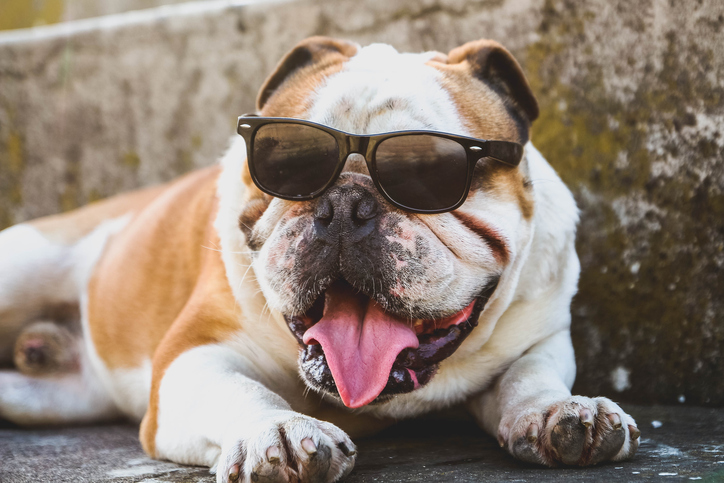Rare Dog Breeds
To describe the dog breeds in this group as “rare” is entirely relative.
Many of them are hugely popular in their native countries. The powerful Fila Brasileiro is used throughout Brazil as a police dog and a hunter of jaguar and other big game.
The Canadian Eskimo Dog has a long history working with the Inuit peoples. The Sloughi and the Azawakh are ancient North African sighthounds. For our purposes, these dog breeds are considered “rare” because they have not yet been bred in sufficient numbers in the USA to currently enjoy full recognition by the American Kennel Club.
Because the Rare Breeds classification is a bit of a catch-all, the dogs don’t have much in common other than their scarcity.
Their size varies from the lap-sized Mi-Ki, a modern creation, to the enormous Tosa Inu, a member of the Mastiff family from Japan that can tip the scales at 200 pounds. As far as grooming goes, you will find everything here from smooth coats (Sloughi, Alapaha Blue Blood Bulldog) to fluffy coats (Italian Volpino, Eurasier) to coats that look like tangled dreadlocks (the Bergamasco Sheepdog).
These dog breeds are devoted to their owners and loved ones but are on the primitive side. While many popular breeds are not required to do their traditional work in modern society (few Golden Retrievers today bring back waterfowl for the hunter’s table), the rare-breed puppy you choose may come from parents that still hunt and guard.
They may not be as soft in temperament as the more common breeds in the Working and Herding Groups so it is imperative that you find a breeder who socializes puppies from a young age.
Is a dog from the Rare Breeds Group for you? Look at these 8 facts about the Rare Breeds to decide if one is the right dog for your life situation.
1. Finding a breeder may be difficult. You may have to wait many months or purchase a dog from a foreign country.
2. It’s very likely you will never see another dog of the same breed.
3. Most veterinarians will have little to no experience with the breed.
4. Groomers and trainers will be unfamiliar with the breed.
5. Many rare breeds are free of the congenital health problems that plague overly popular breeds.
6. You will have the satisfaction of helping to promote a deserving rare breed in this country.
7. Many of these breeds have interesting, exotic histories.
8. Socializing these dogs is a huge, ongoing responsibility.




